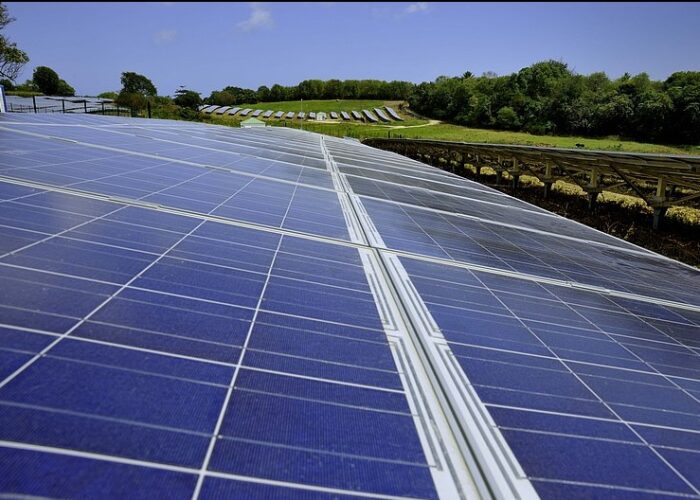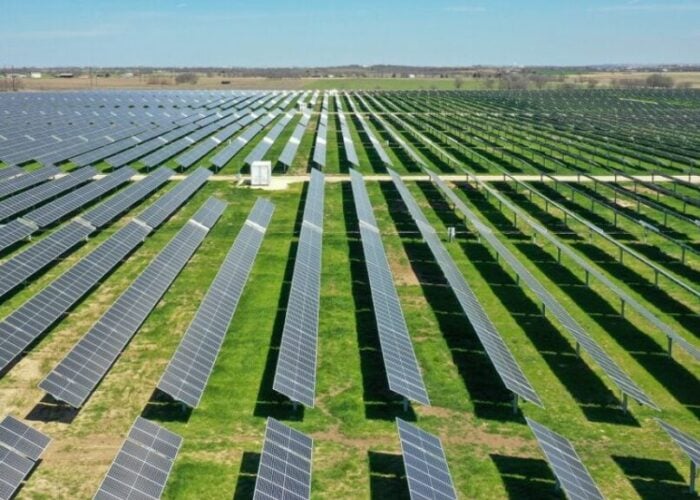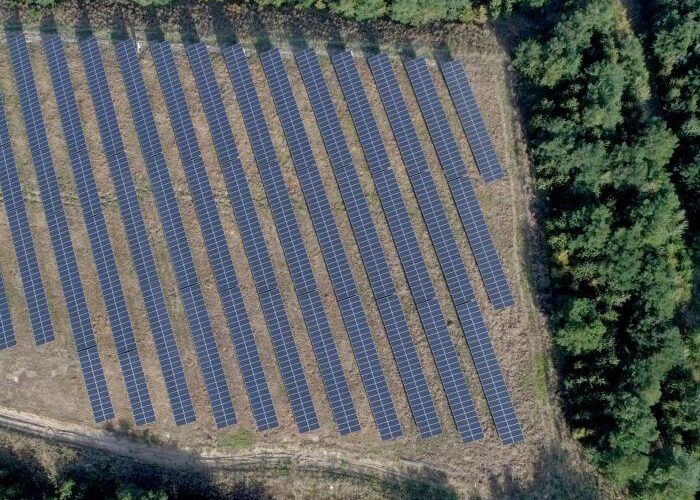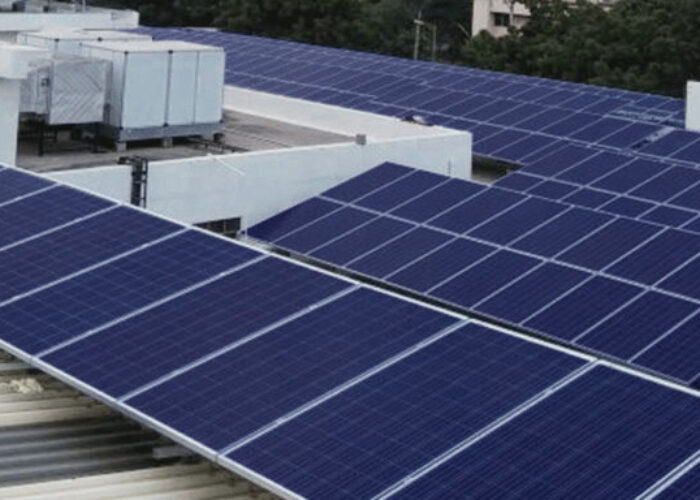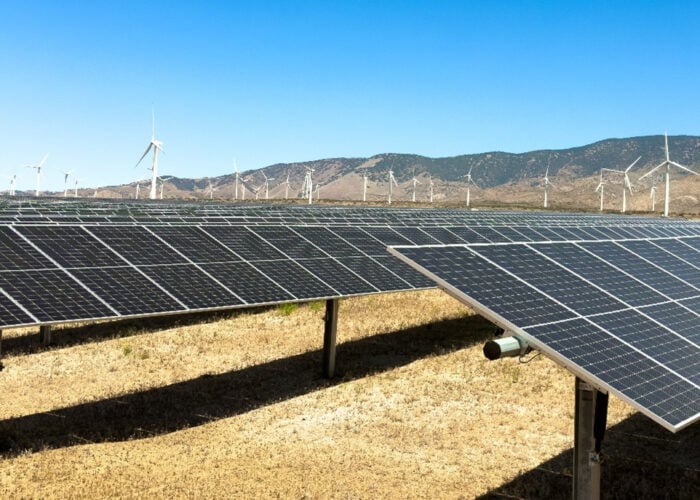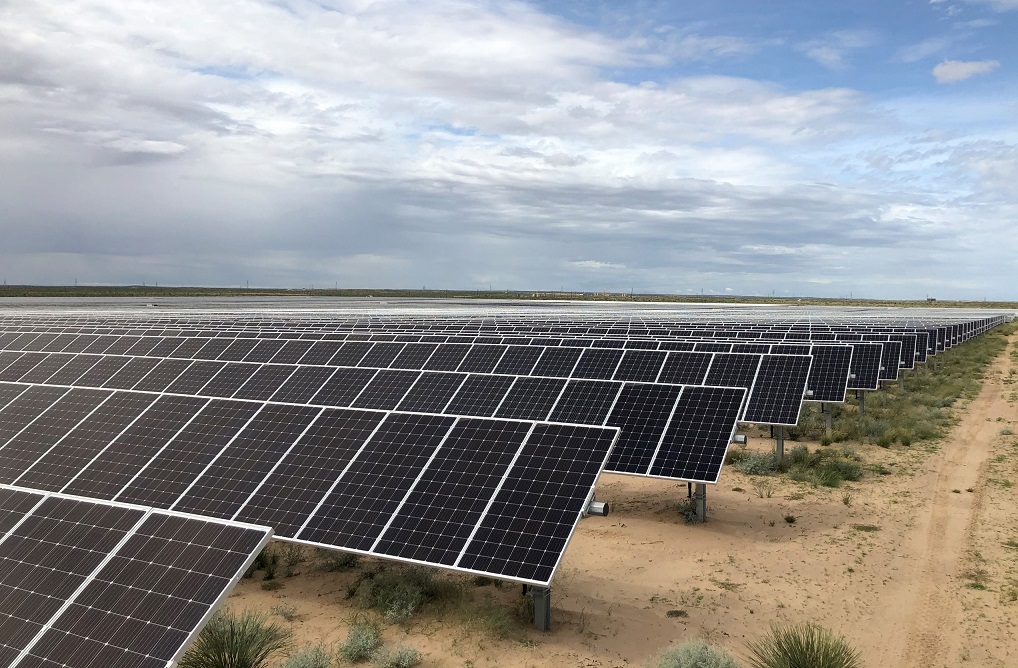
One-third of utility-scale solar set to come online in the US in the next two years will be in Texas, as it narrows the gap on leading state California, according to new figures from the country’s Energy Information Administration (EIA).
The agency said the installation of 2.5GW of solar capacity in Texas last year “marked the beginning of a solar boom” in the state, which is expected to add an additional 10GW by the end of 2022, taking its total installed solar capacity to 14.9GW.
Unlock unlimited access for 12 whole months of distinctive global analysis
Photovoltaics International is now included.
- Regular insight and analysis of the industry’s biggest developments
- In-depth interviews with the industry’s leading figures
- Unlimited digital access to the PV Tech Power journal catalogue
- Unlimited digital access to the Photovoltaics International journal catalogue
- Access to more than 1,000 technical papers
- Discounts on Solar Media’s portfolio of events, in-person and virtual
This year is expected to see Lightsource BP finalise work on hundreds of megawatts of PV projects in Texas, and Enel Green Power will complete a 284MW plant that will be paired with an 81MW battery. The state will also be home to the US’s largest PV project, the 1,310MW Samson Solar Energy Center that is being developed by Invenergy and will be operational in 2023.
While California currently has the most utility-scale solar of any US state, it is set to install 3.2GW in the next two years, taking it up to approximately 17.7GW. This is far below the average annual deployment of 2.8GW that California must achieve to reach its zero-carbon electricity target by 2045, according to a recent report from three state agencies.
Factors driving PV deployment in Texas, the EIA said, include the high solar irradiance in the Permian Basin, where about 30% of the state’s planned solar capacity will be built, as well as the availability of transmission lines that already handle a large amount of wind power.
The US’s investment tax credit (ITC) is also expected to drive some of the projected growth, with utility-scale PV plants that start construction in 2021 or 2022 eligible for a 26% tax credit. It falls to 22% for projects that start in 2023 and to 10% for installations that start in 2024 or later.
A proposal for a 10-year ITC extension was included in President Biden’s US$2 trillion infrastructure investment plan. The incentives are expected to be paid for by slashing fossil fuel subsidies, but details on the rates at which credits will be made available have not been forthcoming.
Headwinds that could impact solar’s growth in Texas include potential changes to state laws that would shift the cost of ancillary services on to renewable energy generators, proposals that have been put forward following the recent winter storm that left millions without power. Utilities, renewables associations and investors have rallied against the plans, which they say could jeopardise further investment in the state’s clean energy sector.
Despite the recent growth in Texas, utility-scale solar made up just 4% of the state’s generating capacity last year, compared to 53% for natural gas and 23% for wind, the EIA said.

